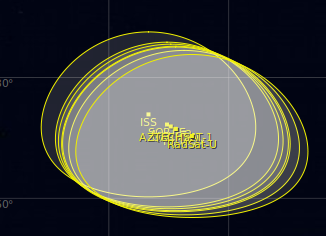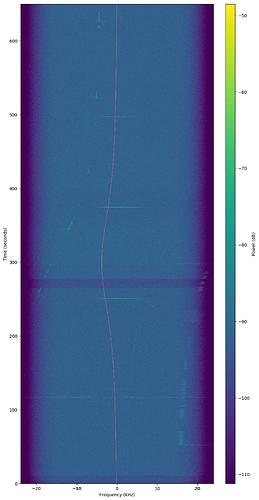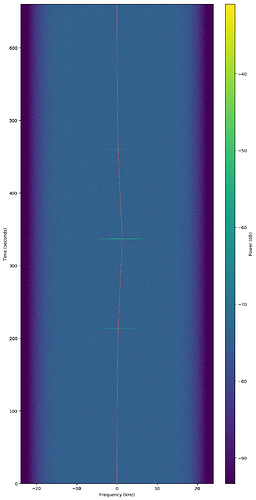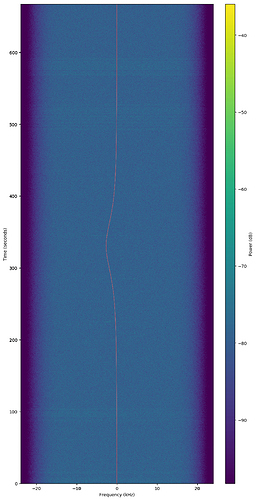I just got a notification from T.S. Kelso that the satellites are now all on Celestrack! These can be found here, at the bottom of the list: https://celestrak.com/NORAD/elements/tle-new.txt
I’ve included them below for convenience
1998-067QZ
1 45256U 98067QZ 20052.64799524 .00005438 00000-0 10401-3 0 9996
2 45256 51.6454 205.0862 0007426 286.1051 73.9120 15.49766047 386
1998-067RA
1 45257U 98067RA 20052.64783822 .00004103 00000-0 80222-4 0 9998
2 45257 51.6506 205.0462 0012661 218.5462 141.4624 15.49824663 382
1998-067RB
1 45258U 98067RB 20052.77678768 .00002742 00000-0 56311-4 0 9994
2 45258 51.6486 204.4335 0006150 357.8247 2.2596 15.49850210 374
1998-067RC
1 45259U 98067RC 20052.38977371 .00386848 00000-0 62697-2 0 9998
2 45259 51.6447 206.3568 0020498 292.0461 67.8665 15.50647616 336
1998-067RD
1 45260U 98067RD 20051.69921362 .02246026 00000-0 34712-1 0 9993
2 45260 51.6436 209.7990 0009749 310.9616 152.5509 15.49926336 246
1998-067RE
1 45261U 98067RE 20050.47222222 -.00000460 00000-0 00000+0 0 9998
2 45261 51.6410 215.8687 0007855 275.8567 177.5811 15.50023155 40
1998-067RG
1 45263U 98067RG 20052.84144132 .00021581 00000-0 38755-3 0 9994
2 45263 51.6438 204.1271 0007343 275.8091 84.1933 15.49796020 444
1998-067RH
1 45264U 98067RH 20052.77709573 .00003346 00000-0 67291-4 0 9990
2 45264 51.6412 204.4504 0007484 297.3095 62.7131 15.49689443 406
 ):
):



